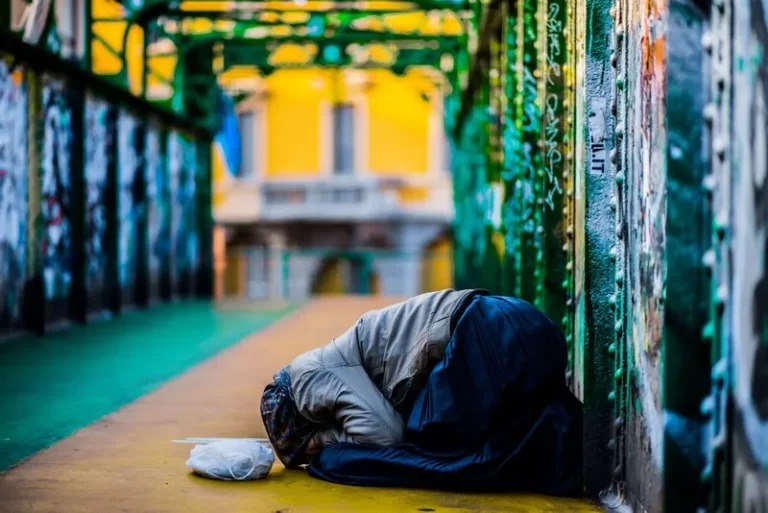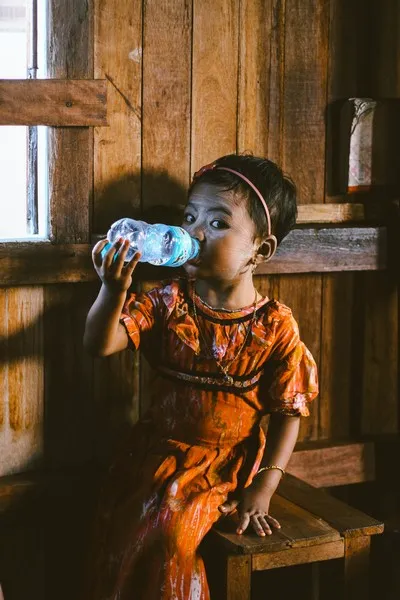Table of Contents
- Introduction
- Historical Context
- Theoretical Perspectives
- Manifestations of Marginalisation
- Intersections of Marginalisation
- Socialisation Processes
- Role of Institutions
- Consequences of Marginalisation
- Pathways to Inclusion
- Case Study Approach
- Conclusion
Introduction
Marginalisation of communities is a critical issue in many societies around the world. It occurs when particular groups—often those defined by race, ethnicity, socio-economic status, or other identity markers—are systematically excluded from mainstream social, economic, and political life. Understanding the dynamics behind marginalisation is essential for constructing more equitable social policies, promoting inclusivity, and contributing to healthier social structures. This article aims to guide undergraduate students and interested learners through the concept of marginalisation, examining its historical roots, varied manifestations, and the complex interplay of social forces that perpetuate it. In the process, we will explore how communities are impacted and what can be done to encourage a more inclusive society.
Historical Context
Historical processes such as colonialism, imperialism, and global economic development have shaped the marginalisation of certain communities over time. These large-scale historical processes established oppressive systems where specific social groups were systematically disadvantaged. This generational cycle of disadvantage can be observed in many contemporary societies. Key historical markers include:
- Colonialism: Colonisers often imposed social hierarchies that placed indigenous and non-European peoples at a disadvantage. These structures continue to influence present-day social norms.
- Slavery and Forced Labour: The transatlantic slave trade and other forms of coerced labour built institutions of racial stratification.
- Industrialisation: The rapid economic growth during industrialisation ushered in significant social transformations, leaving many rural communities neglected and driving urban inequality.
Understanding these historical contexts highlights how current modes of marginalisation are inextricably tied to longstanding social, economic, and political relationships.
Theoretical Perspectives
Structural Functionalism
From a structural functionalist perspective, societies are made up of interdependent components that work together to maintain social order and stability. When certain groups are systematically excluded from full participation in society, it indicates a dysfunctional aspect of social structures. The marginalisation of communities, therefore, can be seen as a sign of imbalance or disharmony within these structures. While structural functionalism provides insights into how social institutions operate to maintain order, it does not always adequately address power imbalances and inequalities that lead to marginalisation.
Conflict Theory
Conflict theory posits that societal structures are shaped by power struggles between different groups competing for resources and influence. Marginalisation is considered a direct outcome of these conflicts, as powerful groups manipulate social institutions to preserve their advantages. This theoretical lens places particular emphasis on how dominant groups use economic, political, and cultural power to maintain their status, thereby perpetuating social inequality and marginalisation.
Symbolic Interactionism
Symbolic interactionism focuses on the meanings individuals assign to social interactions and cultural symbols. In the context of marginalisation, symbolic interactionists examine how stigmatisation, stereotyping, and labelling can reinforce unequal power dynamics. Negative labels assigned to marginalised communities can limit their social and economic opportunities, reinforcing the cycle of exclusion.
Manifestations of Marginalisation
Marginalisation does not solely manifest in the economic realm; it extends to political, educational, and cultural dimensions as well. Below are a few ways marginalisation can be observed:
- Economic Exclusion: Marginalised groups often struggle to access employment opportunities, capital, and fair wages. This leads to cycles of poverty and limited social mobility.
- Political Disenfranchisement: Voter suppression, lack of representation in political offices, and inadequate political engagement are issues that perpetuate the exclusion of marginalised groups.
- Educational Disparities: Unequal access to quality education plays a significant role in sustaining socio-economic inequalities. Marginalised groups may find themselves attending underfunded schools, lacking experienced teachers, or facing social biases.
- Cultural Marginalisation: Stereotyping, prejudice, and cultural hegemony can result in the undervaluing or erasure of cultural practices. Media representations that reinforce negative stereotypes further exacerbate the issue.
- Social Stigma and Discrimination: Persistent discrimination in housing, healthcare, and public spaces intensifies experiences of marginalisation. Discriminatory practices, both overt and subtle, maintain the boundaries of inclusion and exclusion.
Intersections of Marginalisation
The concept of intersectionality offers a crucial insight into how different social categories—like race, gender, class, and sexuality—intersect to produce unique experiences of marginalisation. Individuals who belong to multiple disadvantaged groups may encounter compounded forms of exclusion.
For example, a low-income Black woman may face not only gender discrimination but also systemic racism and class-based oppression, forming a triple burden that shapes her life chances. Intersectional analysis underscores the importance of acknowledging that marginalisation is never a singular process but an overlapping of multiple factors.
Socialisation Processes
Socialisation is the lifelong process through which individuals learn social norms, values, and behaviours appropriate to their society. These norms and values often include implicit biases and stereotypes that perpetuate marginalisation. For instance, children may grow up absorbing discriminatory attitudes toward minority groups from their parents or peers.
The socialisation process is further influenced by media, educational curricula, and community norms. When these institutions either portray marginalised communities in a negative light or fail to represent them altogether, they reinforce harmful stereotypes. The accumulated impact of these societal messages can result in institutionalised forms of marginalisation.
Role of Institutions
Economic Institutions
Banks, corporations, and other financial entities often wield significant influence on marginalisation. Decisions regarding loans, interest rates, and investment locations can disproportionately affect communities that have historically faced discrimination. Economic institutions that intentionally or inadvertently enforce exclusionary practices contribute to a lack of financial security and social mobility among marginalised groups.
Political Institutions
Political structures, including legislatures and courts, determine the distribution of rights, resources, and responsibilities. When these institutions fail to represent the interests of all citizens, marginalised communities are left without a voice. Gerrymandering, voter ID laws, and other political tools can exclude certain populations from meaningful participation.
Educational Institutions
Schools and universities are critical for social mobility. However, disparities in funding, curricular offerings, and opportunities for advanced studies can entrench existing social inequalities. Marginalised students may not only face resource deficits but also encounter prejudice from educators and peers.
Cultural Institutions
Museums, media outlets, and artistic organizations shape the narratives that societies tell about themselves. When they predominantly reflect dominant cultures, they contribute to the cultural marginalisation of underrepresented groups. Moreover, popular media often relies on simplistic portrayals or stereotypes that serve to reaffirm existing social hierarchies.
Consequences of Marginalisation
Get the full article AD FREE. Join now for full access to all premium articles.
View Plans & Subscribe Already a member? Log in.





